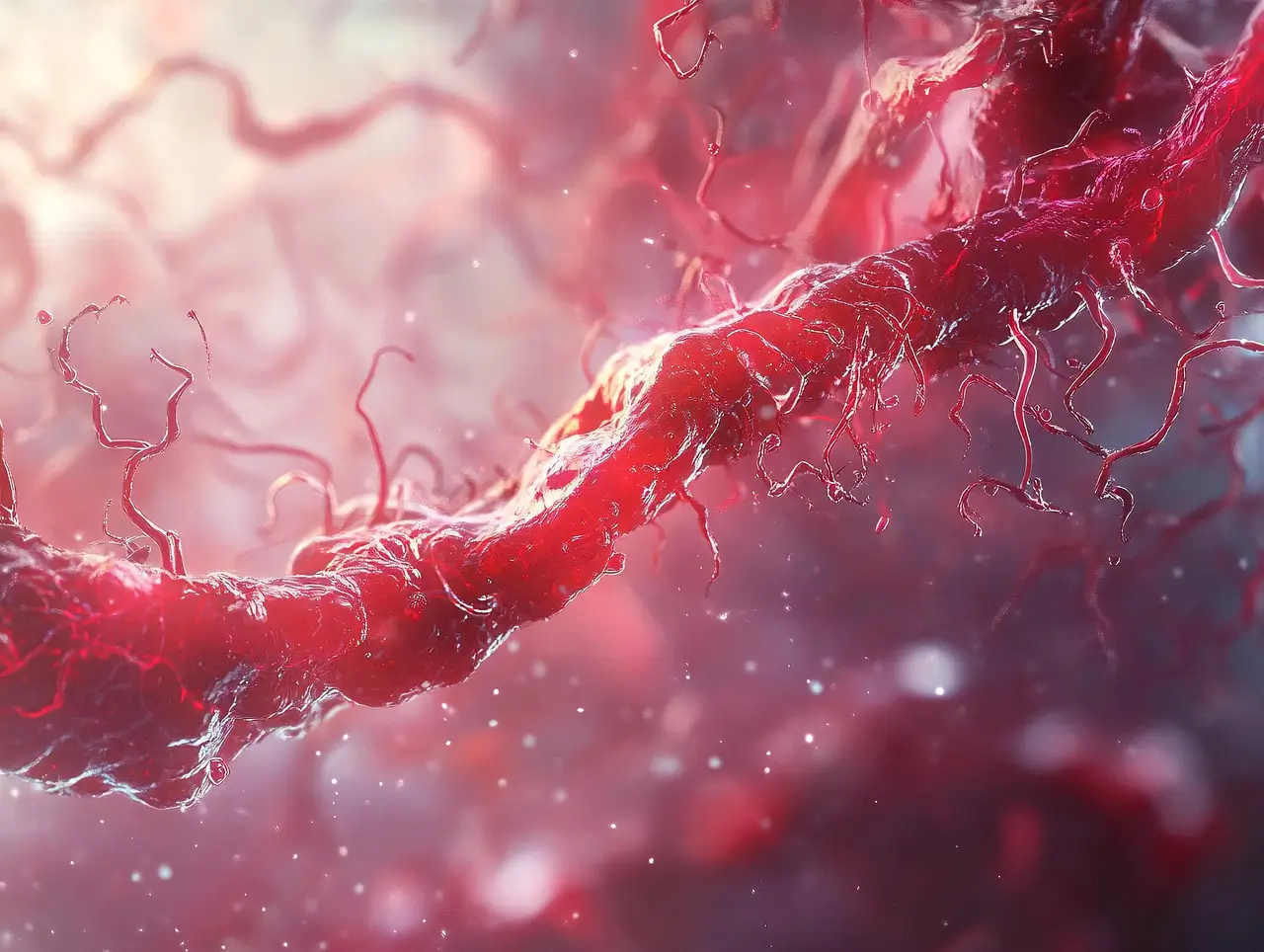Scientists have developed what can best be described as a breakthrough technique for growing artificial skin. It involves the use of stem cells that are taken from the umbilical cord.
The discovery, if it proves to be successful after sufficient testing, will almost certainly help major burn victims heal more quickly as a result of faster skin grafting.
What is particularly exciting about this latest development is that artificial skin can be stored for long periods of time and then can be used when needed.
The information about this latest and very exciting development was released by the World Health Organization (WHO) of the United Nations. That agency also said that as recently as 2008 there were about four hundred ten thousand burn injuries in the United States, forty thousand of which required hospitalization and major surgery.
The current process for treating human burn victims involves the use of healthy skin which is taken from the patient’s body and used for skin grafting. The weakness of this process is that it proceeds at a very slow, very tedious, pace and can take weeks to complete, which of course extends the agony of the patient.
The use of artificial skin appears to be a much faster operating technique and, by all accounts to date, it is every bit as effective as the use of real skin for the purpose of skin grafting.
Additional tests will have to be conducted on this newly developed process before it receives approval from the federal government. However, it is an exciting development, a potential breakthrough as noted earlier, a chance for those who suffer serious burns to have a faster, less painful, but very successful skin grafting operation that enables quicker healing and a return to normal living.
Clearly, medical science continues to move forward at what often seems to be breakneck speed.’This latest discovery of artificial skin for burn victims is just the latest, but certainly not the last, advance in medicine and cosmetic enhancement, after products such as Belotero were developed.








